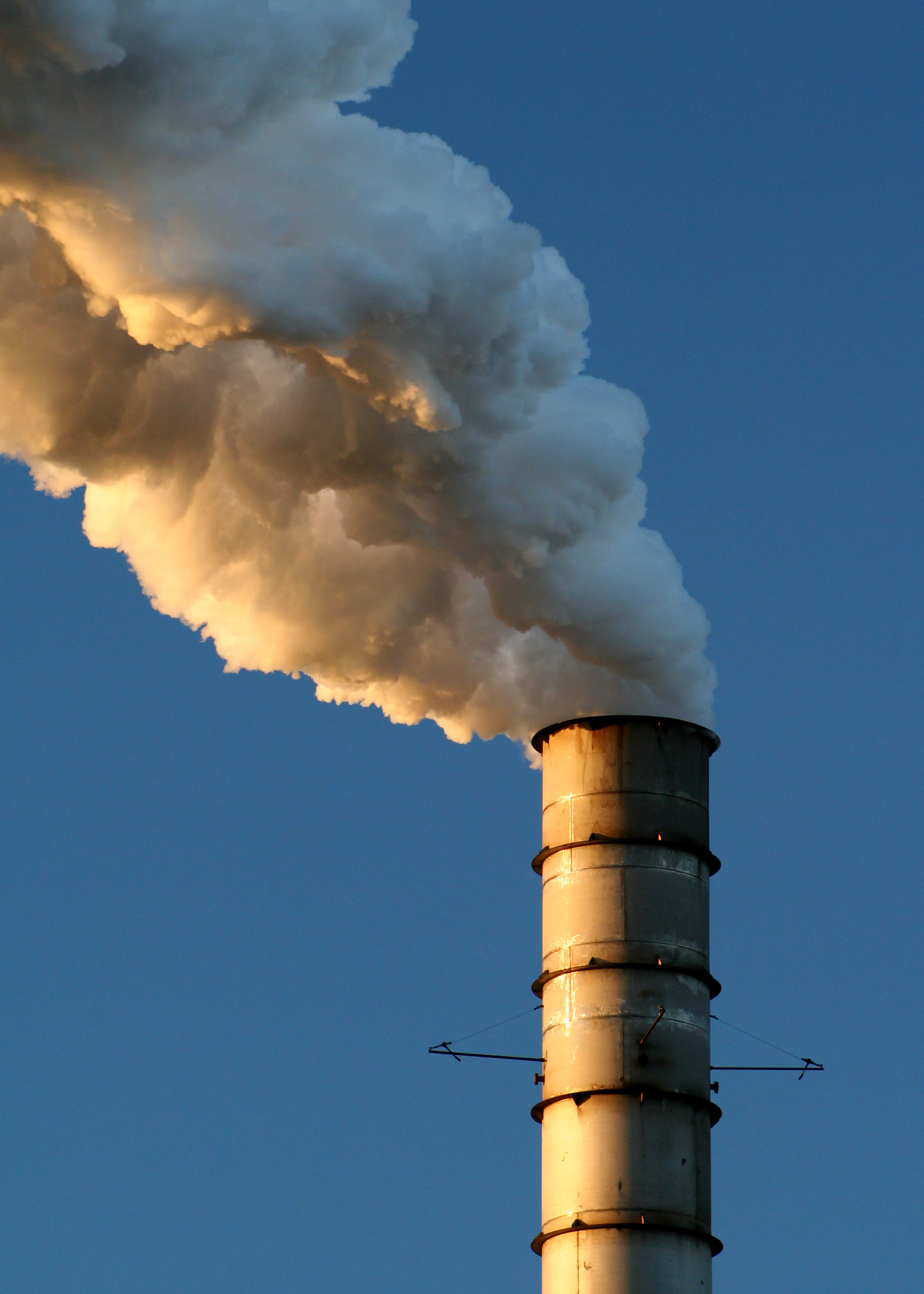Reducing greenhouse gas (GHG) emissions, which result from the burning of fossil fuels, also reduces the incidence of health problems from particulate matter (PM) in these emissions.
A team of scientists at the Lawrence Berkeley National Laboratory (Berkeley Lab), the National Institute of Environmental Health Sciences (NIEHS), RAND Corp., and the University of Washington, has calculated that the economic benefit of reduced health impacts from GHG reduction strategies in the U.S. range between $6 and $14 billion annually in 2020, depending on how the reductions are accomplished. This equates to a health benefit of between $40 and $93 per metric ton of carbon dioxide reduction.
“The importance of this result,” says Dev Millstein, Berkeley Lab Project Scientist who participated in the research, “is that avoiding adverse health impacts from particulate matter can help offset the cost of implementing policies that reduce GHG emissions.” Millstein is in the Environmental Energy Technologies Division (EETD) of Berkeley Lab.
The team compared ten different strategies each equal to one “U.S. wedge.” A wedge is a scenario of activities that reduced CO2 emissions by 150 million metric tons per year in 2020, increasing to 750 million metric tons per year in 2060. Increasingly implemented in the marketplace over time, the strategies in each wedge provides greater and greater reductions in carbon emissions compared to what the emissions would have been without the measure (business as usual). The wedge concept was originally devised by Stephen Pacala and Robert Socolow of Princeton University and has become a standard method of analyzing the impact of mitigation measures on greenhouse gas emission. Jeffery Greenblatt, a Berkeley Lab author of the health benefits study, contributed to writing the original wedge paper and several follow-up papers.
“This paper provides an alternative approach to comparing different ways to reduce greenhouse gases according to how much they improve health,” said John Balbus, M.D., NIEHS Senior Advisor for Public Health. “Decisions about how to address climate change need to be informed by many factors, but we believe this analysis helps advance the thinking on how to bring health considerations into these decisions.”
 Strategies considered by the team encompassed efficiency improvements in light- and heavy-duty vehicles, buildings and coal power plants; reducing light-duty vehicle-miles traveled; and substitution of coal electricity with lower-carbon energy sources. Examples of increased building efficiency included adding insulation, sealing and energy-efficient windows; increasing the efficiency of appliances, lighting and miscellaneous plug-load devices such as televisions and computers; and more efficient furnaces and water heaters. Coal power substitution options included natural gas, nuclear, wind and solar photovoltaic power.
Strategies considered by the team encompassed efficiency improvements in light- and heavy-duty vehicles, buildings and coal power plants; reducing light-duty vehicle-miles traveled; and substitution of coal electricity with lower-carbon energy sources. Examples of increased building efficiency included adding insulation, sealing and energy-efficient windows; increasing the efficiency of appliances, lighting and miscellaneous plug-load devices such as televisions and computers; and more efficient furnaces and water heaters. Coal power substitution options included natural gas, nuclear, wind and solar photovoltaic power.
In 2020, health savings from one U.S. wedge of GHG reduction could range from $6 billion to $14 billion per year, depending on the strategy, the researchers calculated. If measures were implemented at an accelerated pace, resulting in reductions of 300 million metric tons of CO2 per year by 2020, the savings would range from $10 to $24 billion. The accelerated case represents a situation in which extremely aggressive policies aimed at reducing greenhouse gas emissions were implemented across the U.S.
Health benefits would come primarily from the reduction in particulate matter emissions that would result from movement away from burning of fossil fuels. Particulate matter less than 10 micrometers in size (PM-10) can enter the lungs and bloodstream. PM less than 2.5 micrometers in size (PM-2.5) is considered especially dangerous, and has been linked in numerous studies to increased respiratory symptoms such as coughing and difficulty breathing, decreased lung function, premature death in people with pre-existing conditions, heart attacks, and aggravated asthma.
The researchers estimated by how much each of the ten strategies could decrease GHG emissions, and particulate matter emissions, for each decade through 2060. Well-established health impact functions used in public health studies provided the rate of change between reductions in PM-2.5 and estimates of the number of health outcomes. Their sources included the EPA’s Regulatory Impact Analysis (RIA) for PM2.5 as well as Center for Disease Control and Prevention databases.
“The results of this study provides policymakers with a better understanding of some of the health-related co-benefits of reducing greenhouse gas emissions, an area that is very rarely mentioned when the costs and benefits of reducing climate change impacts are discussed. It provides them with a more complete picture of the true costs and benefits climate change mitigation programs,“ says Greenblatt.
The study “A wedge-based approach to estimating health co-benefits of climate change mitigation activities in the United States” was written by John M. Balbus (NIEH), Jeffery B. Greenblatt (Berkeley Lab), Ramya Chari (RAND Corp.), Dev Millstein (Berkeley Lab), and Kristie L. Ebi (University of Washington, School of Public Health).
Climatic Change, November 2014, Volume 127, Issue 2, pp 199-210
This research was supported in part by Laboratory Directed Research and Development funding at the Lawrence Berkeley National Laboratory.
# # #
Lawrence Berkeley National Laboratory addresses the world’s most urgent scientific challenges by advancing sustainable energy, protecting human health, creating new materials, and revealing the origin and fate of the universe. Founded in 1931, Berkeley Lab’s scientific expertise has been recognized with 13 Nobel prizes. The University of California manages Berkeley Lab for the U.S. Department of Energy’s Office of Science. For more, visit www.lbl.gov.


